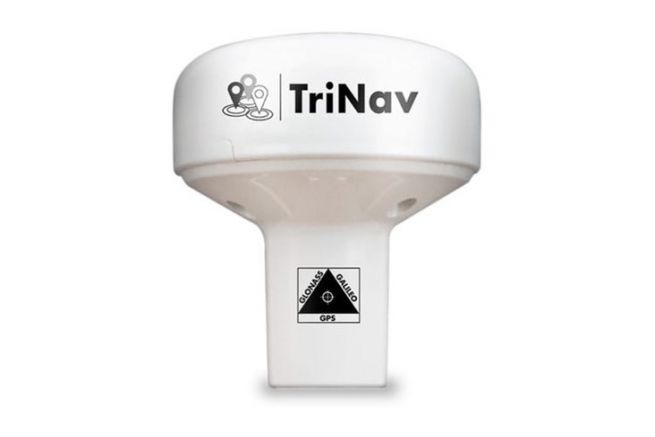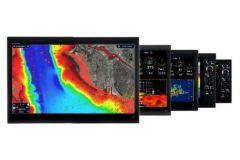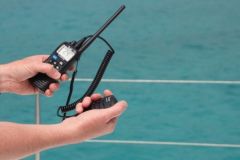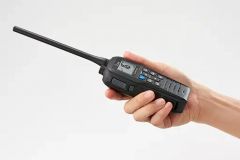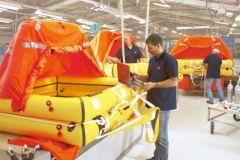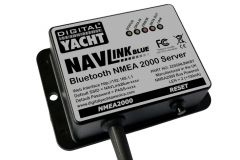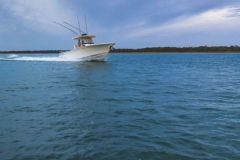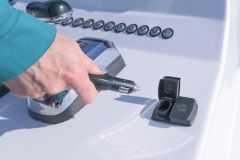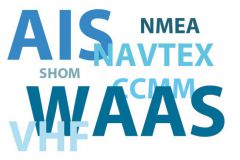For positioning, we are no longer only talking about GPS (Global Position System, a network of American satellites), but also about the Glonass (USSR) and Galineo (European Union) satellite systems. A new generation of positioner now called GNSS (Global Navigation Satellite System) can pick up the different systems and produce a more precise and always operational position (even if a system were to stop).
Digital Yacht launches the GPS160, a GNSS positioning sensor. If it allows to use all 3 systems simultaneously, it can also be programmed to work with only one system (Galileo for example). This antenna broadcasts the position on the network to which it is connected. The connected devices (chartplotter, computer, VHF DSC...) then have the exact position.
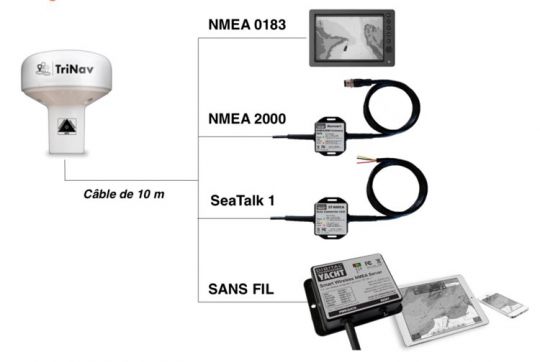
The GPS160 can connect to different networks. The antenna has 5 versions:
- NMEA 0183. The GPS160 has a standard NMEA0183 output for connection to plotters, instruments and others.
- NMEA 2000. For NMEA2000 systems, the iKonvert gateway must be added, which allows the cable to be easily routed between the GPS160 and the nearest point on the NMEA 2000 network to which the iKonvert can connect. A pack is available with both items.
- Sea Talk 1. For SeaTalk 1 (Raymarine) systems, a SeaTalk NMEA converter makes it easy to replace older Raystar sensors.
- Wireless connection. For tablet and iPad navigation, the NMEA WIFI Smart WLN10 server. A pack is available with both items.
- USB. The GPS160USB version comes with a 5 m cable. GPS160 is self-powered by the USB port (PC, MAC or Linux).
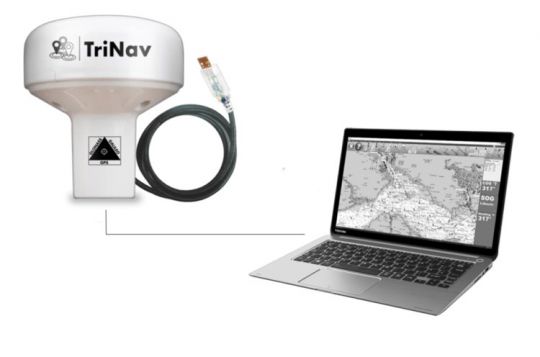
MOB function
An external switch can be connected to GPS160 to activate the MOB function "Man Overboard". The position is automatically saved and the GPS160 calculates and transmits an AIS MOB alert through the NMEA interface allowing compatible plotters to automatically display and mark the MOB position (as if an AIS SART tag had been activated. The switch is easy to install near the helm station, but the antenna can also be connected to the on-board motor circuit breaker.
Main features of the system
- Positioning sensor 72 channels GPS, Glonass and Galileo.
- Accuracy below 1 m thanks to TriNav technology that combines all data from different satellite systems.
- Satellite reception can be configured so that GPS160 only receives GPS, Glonass or Galileo satellites.
- 10 m cable.
- Available in NMEA 0183, NMEA 2000 (with iKonvert interface), Seatalk (with Seatalk converter) and wireless (with WLN10SM) versions.
- GPS160USB also available with a USB interface for PC/MAC/Linux.
- User-configurable NMEA0183 interface speed via DIP switches integrated into the antenna (4800, 38400 and 115200 baud).
- Different NMEA data output formats, including reference information - user configurable using built-in DIP switches.
- Update rate up to 18Hz (user selectable).
- Very low energy consumption (<20mA)
- Man Overboard MOB Function - when activated, the GPS160 transmits an AIS MOB message through the NMEA interface to activate the MOB position on the plotter.
- Possibility to install the antenna flat or to install it on a support with a 14 tpi thread (not supplied).
- Price from 165 euros to 255 euros depending on the chosen configuration.
